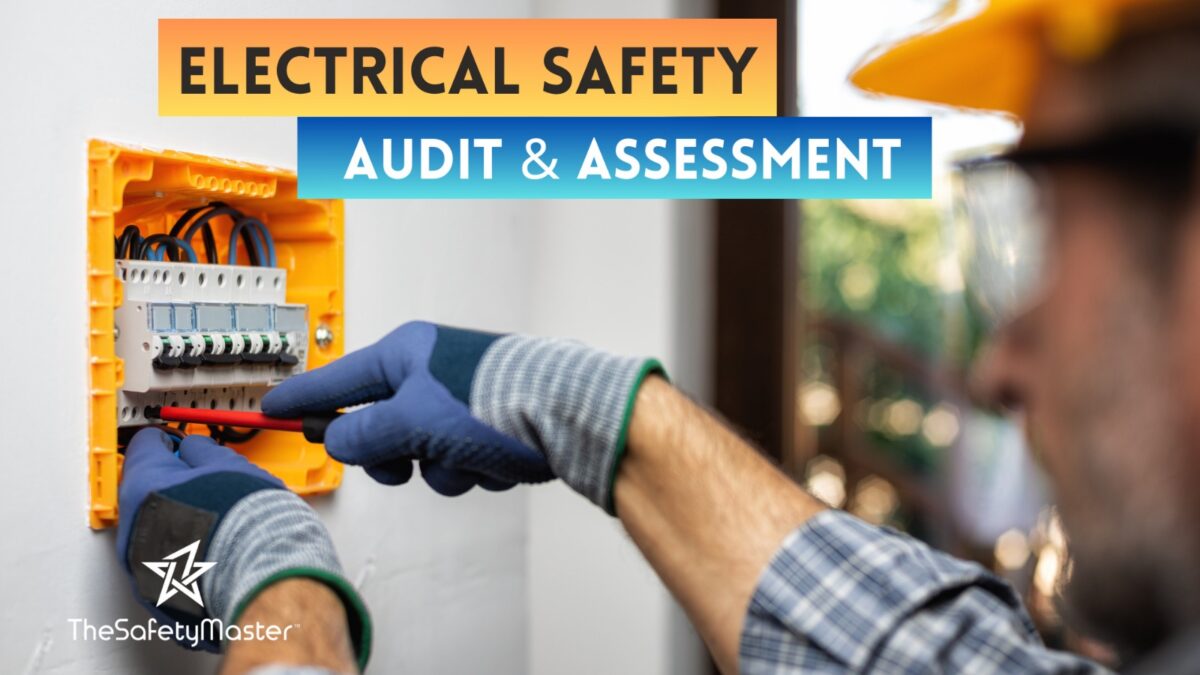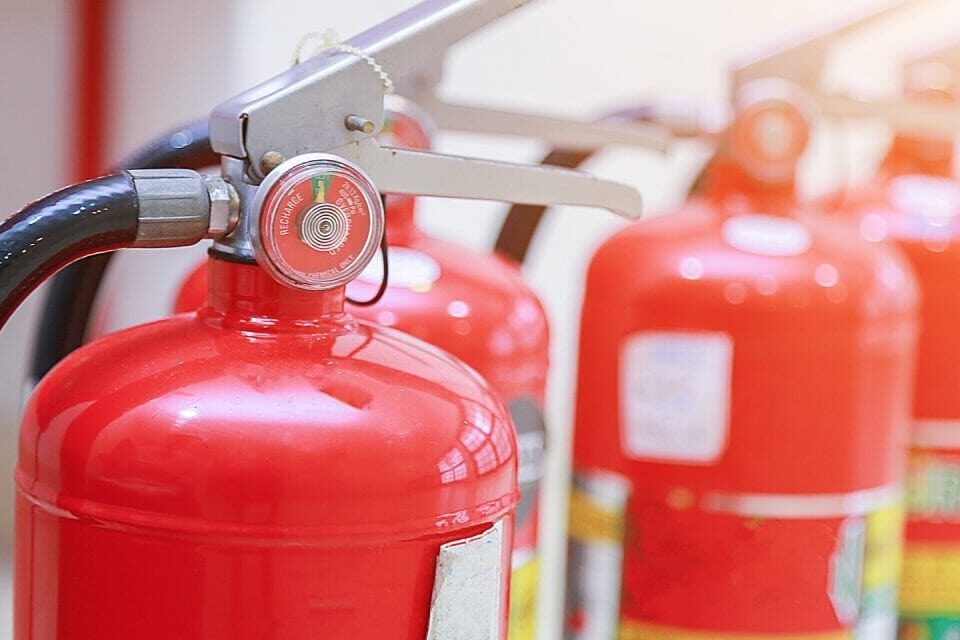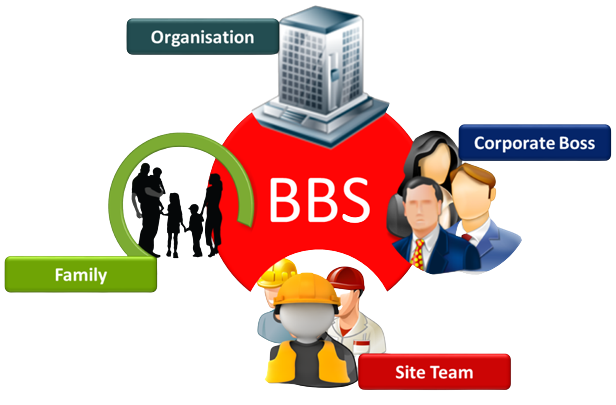Electrical Safety Audit – The Safety Master: Identifying & Addressing Common Electrical Hazards

HAZOP Safety Audit – The Safety Master
March 29, 2024
Safety Training System Audit
April 6, 20241. Introduction
When it comes to workplace safety, electrical hazards pose significant risks that demand immediate attention. From faulty wiring to overloaded circuits and exposed electrical components, these dangers can lead to accidents, injuries, or even fatalities if not properly addressed. In this article, we delve into the realm of electrical safety audits, focusing on identifying and mitigating common electrical hazards that could jeopardize safety in various settings.
2. Understanding Electrical Safety
Importance of Electrical Safety
Electricity is a vital component in our daily lives, powering numerous devices and systems. However, its misuse or mishandling can result in dire consequences. Electrical safety ensures the protection of individuals and properties from potential harm caused by electrical hazards.
Risks Associated with Electrical Hazards
Electrical hazards encompass a wide range of risks, including electric shocks, burns, fires, and explosions. These hazards can arise from various sources, such as faulty equipment, inadequate wiring, or improper usage of electrical appliances.
3. What is an Electrical Safety Audit?
Definition and Purpose
An electrical safety audit involves a comprehensive examination of electrical systems, equipment, and practices within a facility to identify potential hazards and ensure compliance with safety standards and regulations. The primary goal of an audit is to enhance safety measures and prevent accidents or incidents related to electrical issues.
Importance of Regular Audits
Regular electrical safety audits are crucial for maintaining a safe working environment and minimizing the risk of electrical accidents. By conducting periodic audits, organizations can identify and rectify potential hazards promptly, thus reducing the likelihood of injuries or property damage.
4. Common Electrical Hazards
Electrical hazards come in various forms, but some are more prevalent than others. Three of the most common hazards include:
Faulty Wiring
Faulty wiring poses a significant risk of electrical fires and equipment malfunctions. Common issues include loose connections, damaged insulation, and overloaded circuits, which can lead to short circuits or electrical arcing.
Overloaded Circuits
Overloading circuits occurs when the electrical demand exceeds the capacity of the circuit, resulting in overheating and potential fire hazards. This often happens in older buildings with outdated electrical systems or in workplaces where multiple devices are plugged into a single outlet.
Exposed Electrical Components
Exposed electrical components, such as live wires or uncovered junction boxes, pose a direct threat of electric shock or electrocution. These hazards are often overlooked but require immediate attention to prevent accidents.
5. Identifying Electrical Hazards
Visual Inspection
A visual inspection is the first step in identifying electrical hazards during an audit. This involves examining electrical equipment, wiring, and outlets for signs of damage, wear, or improper installation.
Testing Equipment
In addition to visual inspections, specialized testing equipment, such as multimeters and insulation testers, may be used to assess the integrity and safety of electrical systems. These tools help detect hidden faults and ensure compliance with safety standards.
6. Addressing Electrical Hazards
Prioritizing Safety
Once hazards are identified, it’s essential to prioritize safety measures to mitigate risks effectively. This may involve repairing or replacing faulty equipment, upgrading wiring systems, or implementing safety protocols to prevent future incidents.
Professional Intervention
In cases where electrical hazards are complex or require specialized expertise, seeking professional assistance is paramount. Qualified electricians or safety professionals can provide guidance and assistance in addressing critical issues and ensuring compliance with regulatory requirements.
7. Conclusion
Electrical safety audits play a crucial role in safeguarding workplaces and individuals from the dangers of electrical hazards. By identifying and addressing common issues such as faulty wiring, overloaded circuits, and exposed components, organizations can create safer environments conducive to productivity and well-being.




